Laterales Denken
Laterales Denken (vom lateinischen latus für „Seite“), umgangssprachlich auch Querdenken genannt, ist eine Denkmethode, die im Rahmen der Anwendung von Kreativitätstechniken zur Lösung von Problemen oder Ideenfindung eingesetzt werden kann.
Der Begriff wurde 1967 von Edward de Bono eingeführt und seitdem in zahlreichen Veröffentlichungen verwendet. Gelegentlich wird in der Fachsprache auch der Begriff nichtlineares Denken gebraucht. Umgangssprachlich sagt man auch Querdenken oder um die Ecke denken. Das Antonym lautet vertikales oder lineares Denken.
Edward de Bono hat außerdem den Begriff „paralleles Denken“ geprägt, der die Fähigkeit beschreibt, in Bezug auf ein beliebiges Thema systematisch verschiedene Denk- und Wahrnehmungsperspektiven einzunehmen. Das wichtigste Beispiel für das parallele Denken sind die Denkhüte von De Bono. Sie werden inzwischen weltweit in großen Organisationen in den Bereichen Kreativität, aber auch Kommunikation und Teamentwicklung eingesetzt.
Das Konzept de Bonos unterscheidet sich nur in Nuancen von dem Joy Paul Guilfords. Dieser verwendete an Stelle von lateralem Denken den Terminus divergentes Denken bzw. anstelle von vertikalem Denken den Terminus konvergentes Denken. Aufgrund ihrer starken Ähnlichkeit werden die Begriffspaare weitestgehend synonym verwendet.[1]
Im Gegensatz zum vertikalen Denken, das Schritt für Schritt (kontinuierlich) verläuft und auf eingeübten Mustern beruht, ist das laterale Denken durch folgende Grundsätze charakterisiert:
Es wird zugelassen, dass vorliegende Informationen subjektiv bewertet und selektiv verwendet werden. Details werden nicht analytisch, sondern intuitiv erfasst.
Gedankliche Sprünge und Assoziationen werden zugelassen, nicht jedes Zwischenergebnis muss richtig sein.
Ja/Nein-Entscheidungen werden vermieden. Auch nicht durchführbare Lösungen können ein Schritt zum besseren Verständnis des Problems sein.
Konventionelle Denkmuster werden in Frage gestellt, indem z. B. bewusst nach der unwahrscheinlichsten Lösung eines Problems gesucht wird.
Ausgangssituation und Rahmenbedingungen werden nicht als unveränderlich hingenommen.
Learn more / En savoir plus / Mehr erfahren:
https://www.scoop.it/t/21st-century-learning-and-teaching/?&tag=Entrepreneurs



 Your new post is loading...
Your new post is loading...

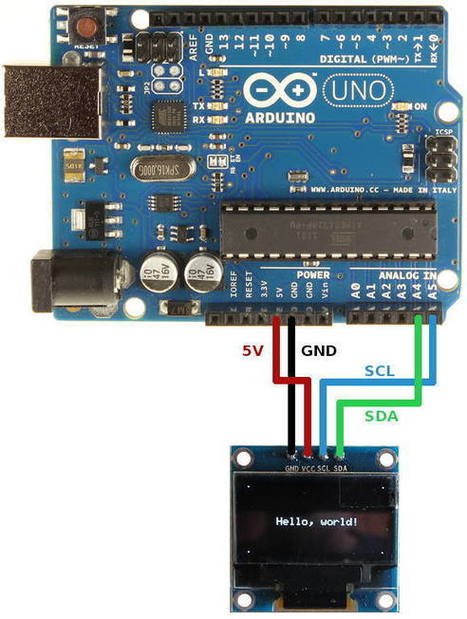

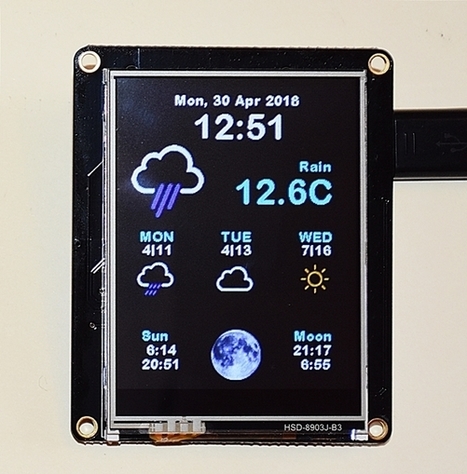
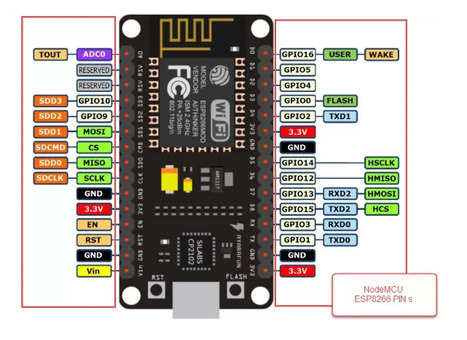
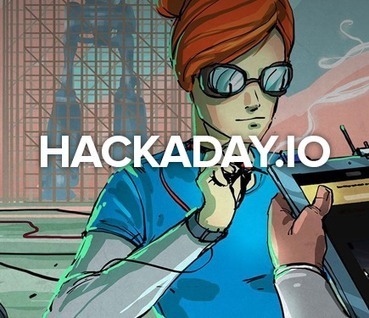
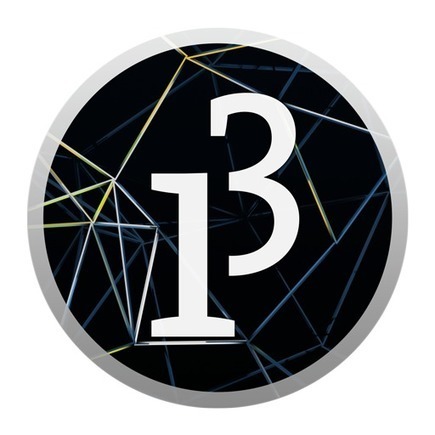
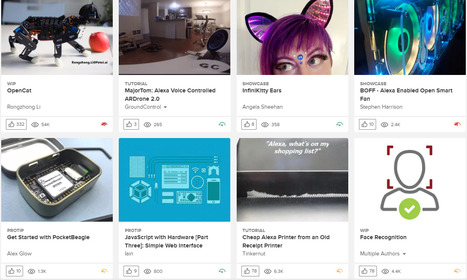
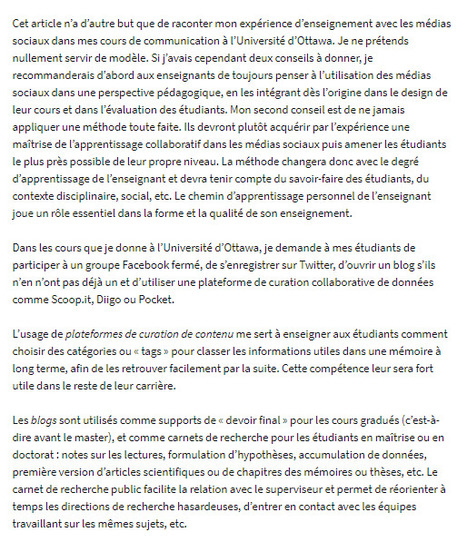
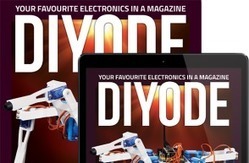
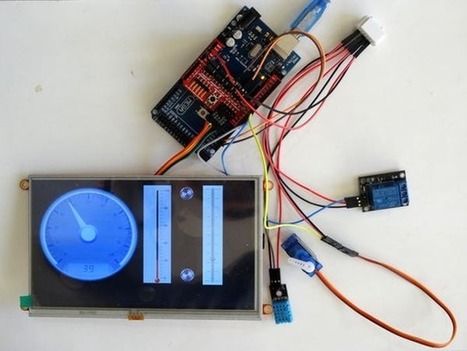
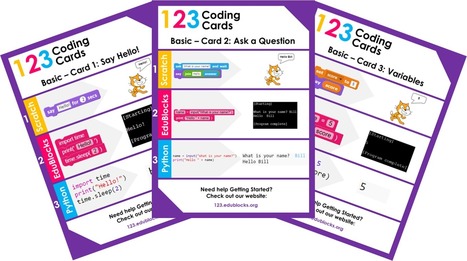



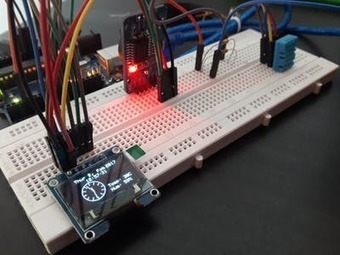


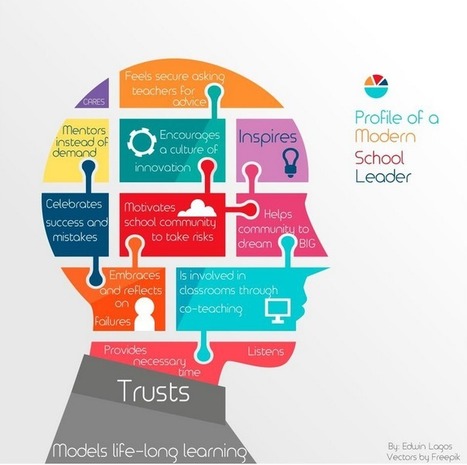
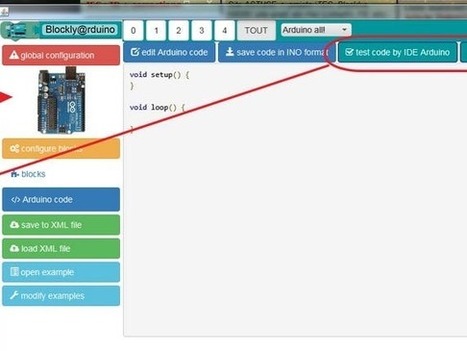
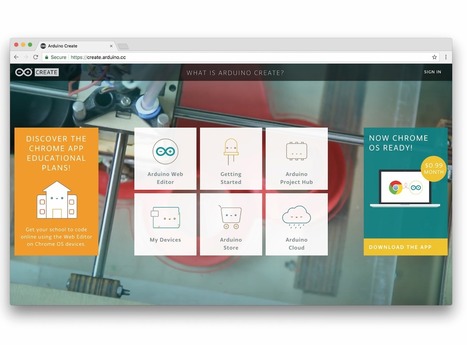













How to connect and program the Geekcreit 0.96 inch 4 pin white I2C OLED module with Arduino. OLED display based on a SSD1306 OLED driver IC.
In this tutorial a 0.96 inch monochrome OLED display from Geekcreit is connected or interfaced to an Arduino. Libraries are then installed and some example programs run which show how to use the display in an Arduino sketch.
The display connects to Arduino using only four wires – two for power and two for data, making the wiring very simple. The data connection is I2C (I²C, IIC or Inter-Integrated Circuit). This interface is sometimes called TWI (Two Wire Interface).
At the very lowest level, the Arduino Wire library is used to communicate with the display. Libraries are available that make it easy to start using the display right away to display text and graphics. These libraries are installed in this tutorial.
[Gust MEES] It works with THIS OLED <===> https://www.amazon.de/dp/B01L9GC470
Learn more / En savoir plus / Mehr erfahren:
https://www.scoop.it/t/21st-century-learning-and-teaching/?&tag=ARDUINO